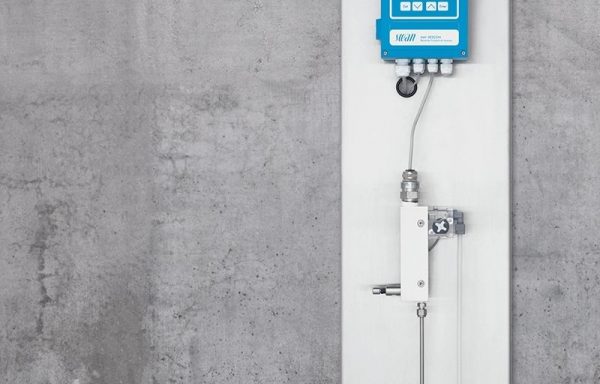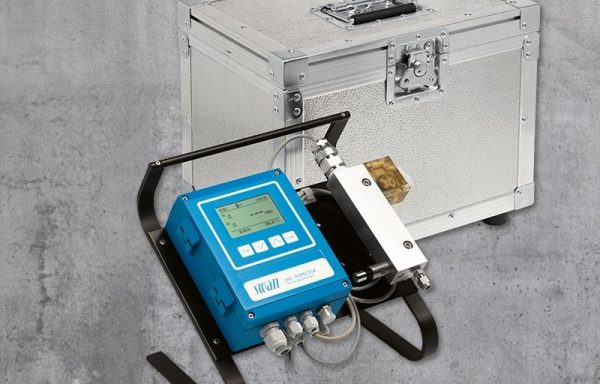What is Resistivity?
Resistivity, in the context of water monitoring, refers to the measure of water’s ability to resist the flow of electrical current. It is inversely related to conductivity, which indicates the level of ionic activity or the concentration of dissolved salts in the water. High resistivity values typically signify low concentrations of dissolved ions, indicating higher water purity, whereas low resistivity values suggest higher ionic content and potentially lower water quality. Monitoring water resistivity is crucial for assessing the ionic purity of water in various applications, including environmental monitoring, water treatment processes, and the production of purified water for laboratory and industrial uses.
Monitoring Resistivity in Water
Monitoring resistivity in water is a fundamental aspect of ensuring water quality across various sectors, including pharmaceuticals, semiconductors, and power generation, where the purity of water is critical. Resistivity measurement provides a direct indication of the ionic content of water, with higher resistivity values reflecting lower levels of dissolved ions and thus higher purity. This parameter is especially important in applications requiring ultrapure water, such as in the preparation of pharmaceutical products or in semiconductor manufacturing, where even trace amounts of contaminants can significantly impact product quality and process efficiency.
In the pharmaceutical industry, for instance, the preparation of medications requires water that is not only pure but also consistent in its purity levels. Variations in water resistivity could lead to inconsistencies in drug formulations, potentially affecting their efficacy or safety. Similarly, in semiconductor manufacturing, where processes involve the etching and cleaning of delicate components, high-resistivity water is essential to prevent the introduction of impurities that could compromise the functionality of electronic devices.
The power generation sector relies on water of specific resistivity levels for cooling and as a medium in certain types of reactors. Here, water with inappropriate resistivity can lead to scaling, corrosion, or other issues that may decrease the efficiency of power generation or even pose safety risks.
Furthermore, as global efforts increase to reuse and recycle water, especially in arid regions or industries with significant water footprints, the ability to accurately monitor water resistivity becomes even more crucial. It ensures that treated water meets the necessary quality standards for its intended use, whether it be for irrigation, industrial processes, or even direct potable reuse.
In environmental monitoring, resistivity measurements can help in assessing the impact of pollution on natural water bodies, indicating changes in the ionic composition due to industrial discharges or runoff. Continuous monitoring of water resistivity enables industries and environmental agencies to maintain strict control over water quality, ensuring compliance with regulatory standards and safeguarding against contamination.
Online Resistivity Analysers

